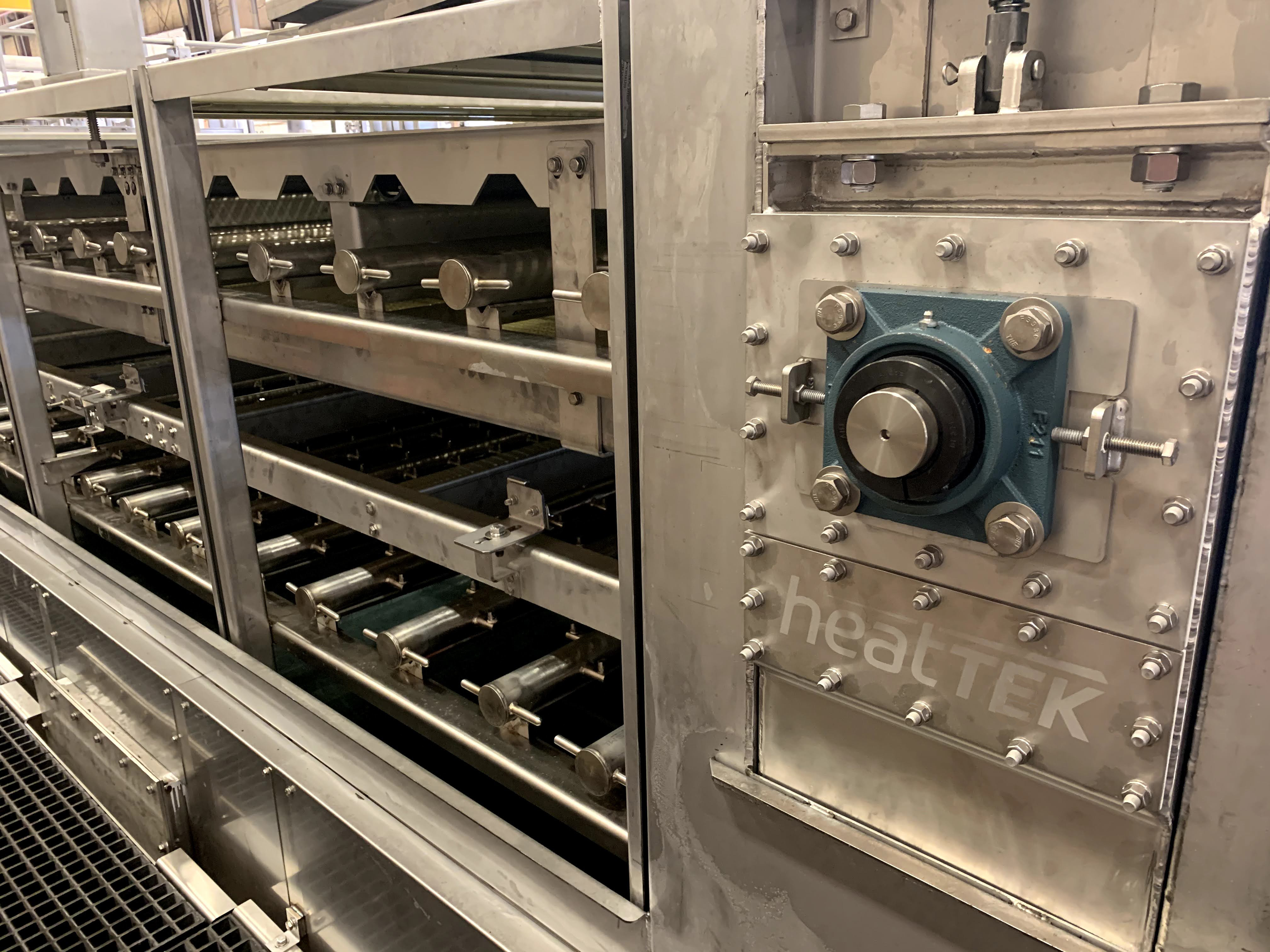Retrofits and Rebuilds for Metal Packaging Equipment
Canmakers are bringing new life to their metal packaging equipment with minimal downtime and a custom-engineered solution.
When exploring retrofit options, there are three factors that will lead to a successful project:
The Right Plan
It's no secret - The increased demand of the last few years have run can making equipment hard and delayed maintenance in order to keep up. Although the market has returned to normal levels, can makers are still under pressure to ensure that scheduled projects are completed on time. The best way to maximize those chances is to ensure your supplier has a meticulous plan and an accurate scope of work. Industry experience is king when choosing the supplier to partner with. Every equipment rebuild is unique. If the rebuilder doesn’t know what to look for in the planning phase, there are often delay-causing surprises during installation. A thorough, on-site preassessment, custom-engineered plan, and drawing or 3D model will ensure that every detail is accounted for and that the rebuild is completed within the required timeframe. Another planning consideration is the extent to which a supplier will prepare components ahead of time. This is the most time-saving element of a rebuild. Long gone are the days of stick-building equipment in the factory. The rebuild team should have the technology that enables them to walk in the door on day one with prepared components in hand.

The Right People
The people who execute a rebuild are just as important as those who engineer it. Ideally, a rebuild is managed and completed by skilled foremen, millwrights, and welders with a solid mechanical understanding of washer systems.
Safety is every manufacturer’s first priority. Qualified tradesmen, who understand the hazards, will minimize risks and ensure everyone working on and around the rebuild is safe. Those same individuals will complete the project faster and get the job done correctly the first time. Wasted time and unnecessary rework lead to project delays, extended outages, and unfulfilled customer contracts.
When planning for a washer rebuild, it’s also important to ask how much plant labor will be required. This is an important consideration as can makers don’t often have the time to spare. And even if they do, those individuals will have limited (if any) experience, therefore requiring heavy supervision by on-site experts who should be working on more lucrative matters.
The Right Process
The stainless steel components of a washer take the brunt of the corrosive chemicals that are constantly running through the equipment. Passivation is the process that protects these parts and is the key factor of a rebuild success story. It provides a barrier to harsh materials and protects the integrity of critical welds that prevent leaking.
But not all passivation processes produce the same results. A hot dip, nitric acid passivation will result in a longer life for stainless steel while a brush-on, the citric acid process can cut the longevity of these washer components in half. When preparing for a rebuild, a discussion about passivation could ensure that you aren’t planning the same project again in a few years.

316L SS with Hot Dip Passivation
Many can makers use the rebuild process to upgrade more than the leaking components of their washers. As innovation persists, rebuilds lend the option to incorporate new technologies with minimal disruption. Here are some features often integrated into a rebuild:
- Maintenance-friendly upgrades to herringbone and leveling beds such as modular bolt-up sections
- Improved belt tracking and return slides (to replace rollers)
- Hold-down conveyor system improvements
- Upgraded, high-efficiency blow-offs
Taking advantage of these opportunities does more than extend equipment life. A more advanced can line increases productivity – a factor never more crucial than now.
Commitment to Sustainability
Along with the world’s leading can makers, HeatTek understands and supports the importance of sustainable technology and net zero processes. Every detail is considered when engineering each of HeatTek’s Evolve Systems to ensure your sustainability goals are met or exceeded.
- Reduced gas usage through airflow and temperature optimization
- Minimized virgin water usage and chemical usage through RO technology
- Options for natural gas alternatives such as electric and infrared technology
- Recycled materials
- Consultations and audits for current system health and sustainability impact

